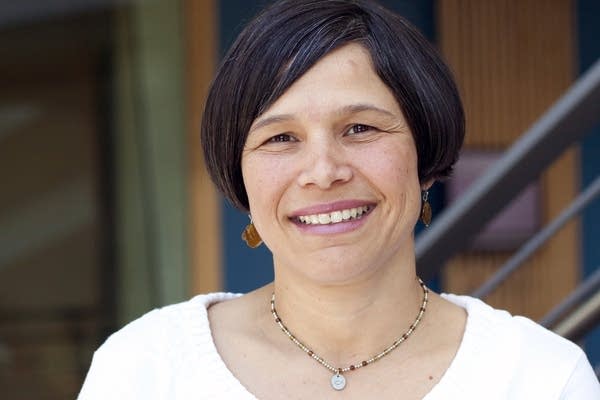State's program a better measurement of Minn. schools, education official says
Go Deeper.
Create an account or log in to save stories.
Like this?
Thanks for liking this story! We have added it to a list of your favorite stories.

Minnesota schools have a new way to measure performance, replacing the controversial No Child Left Behind accountability system with the state's own.
Education officials say the new measurements take more factors into account to grade a school's performance. But the system also zeroes in more intently on a smaller number of underperforming schools.
Earlier this year Minnesota was allowed to opt out of the No Child Left Behind national school accountability program. It was put into place a decade ago by Pres. George W. Bush.
Critics said the program's goals were unrealistic. It called for all students to have proficiency in reading and math by 2014. But as late as last year, about half of Minnesota schools failed to achieve that. In response, the state built its own system to measure performance.
Turn Up Your Support
MPR News helps you turn down the noise and build shared understanding. Turn up your support for this public resource and keep trusted journalism accessible to all.
The state system considers academic growth and other factors when assessing schools, not just one set of test scores. It identifies a narrow group of the highest- and lowest-performing schools for all to see, not just a broad list of who failed and who didn't. It also removes many of the toughest sanctions for low performance.
• Document: School-by-school scores
The new system still measures student proficiency through the Adequate Yearly Progress score. AYP is based largely on standardized test scores in reading and math.
And it also takes into account graduation rates and performance growth in students. It considers how well a school is closing the achievement gap between middle-class whites and minority, low-income and special-needs students.
Minnesota's Education Commissioner Brenda Cassellius said the new system is more fair and a more accurate way to measure schools.
"We really want to be sure that we measure student growth, that we give schools credit for getting their kids growing faster, and growing at a pace that's going to help them meet the standards that we have set for them in the state, which are very high standards," Cassellius said.
The new system gives each school two big scores.
One is the the main score: the Multiple Measurements Rating. It uses the Adequate Yearly Progress score to measure student proficiency. AYP is based largely on standardized test scores in reading and math.
But the new score also takes into account graduation rates and performance growth in students. And it considers how well a school is closing the achievement gap between middle-class whites and minority, low-income and special-needs students.
Each school also gets a second significant score, the Focus Rating, which concentrates on the performance of minority, low-income and special-needs students in each school.
A school's score is the percentage of total possible points that it earned in all the assessed areas. The list of statewide school scores also shows high and low performers.
Those schools on federal assistance that score in the top 15 percent are called Reward Schools. Close to 130 Minnesota schools fall in that category.
The bottom 5 percent, or just over 40 schools, on federal assistance are Priority Schools.
Eighty-five schools are known as Focus Schools. They are the bottom 10 percent in closing the achievement gap between white, middle-class students and their peers.
STICKS AND CARROTS
One top-performing school is Carver Elementary in Maplewood. Principal Peter Olson-Skog appreciates the changes that put his school there. Carver was once considered a failing school under No Child Left Behind. The school's improvement over the years was not acknowledged under the old system. Carver got off the failing list two years ago.
Under the new system, Olson-Skog said, Carver's improvements are recognized and it is now a Reward school.
"It was a game of inches and we were missing it time and time again, despite the fact that our growth was in the top 5-10 percent in the nation on other standardized measures," Olson-Skog said. "I think this new system, by adding in growth, really takes into account a bigger and better picture of school performance."
School district accountability officials like Matt Mohs of St. Paul say the new school assessment system has not resulted in any dramatic swings in school performance compared to last year.
But the new classifications mean the St. Paul district now has only 17 schools that are legally required to increase student performance instead of 30 under the old system.
"We are now able to prioritize improvement efforts in a smaller number of schools, and in the face of limited resources that is absolutely essential," Mohs said.
But one expert says more focus on a smaller group of underperforming schools might not be a good thing. Kent Pekel, executive director of the University of Minnesota's College Readiness Consortium, helped advise the state on the new system.
"We may be actually be taking some productive pressure off all schools," Pekel said. "I'm frankly very concerned that that smaller number of schools absolutely always deserves that increased pressure."
Underperforming schools must submit improvement plans to the state by Sept. 1, but they will have more say in what they do to improve than they did before.
The strictest penalties imposed under No Child Left Behind — financial restrictions, staff firings and school closings — have been largely removed.



